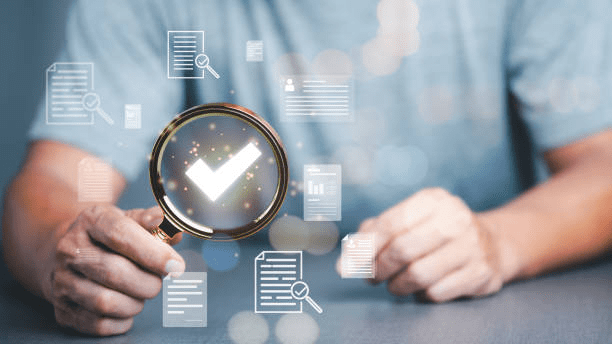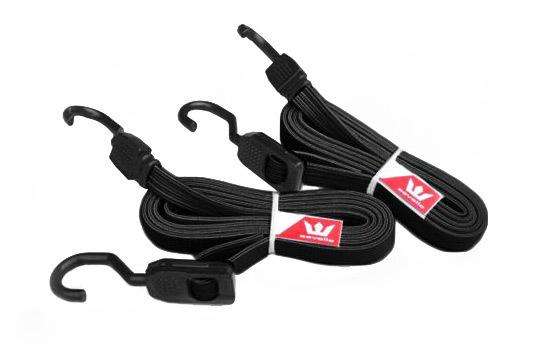A KYC document is the process of analyzing the document’s authenticity. Document verification fetches user data using an OCR (optical character recognition) system, using facial recognition techniques to compare previous images with current documents in the database and verifying authentic microprint text and holograms. However, apprehending this procedure is vital for firms with frequent work in human resources (HR) and legal-government departments solely responsible for authenticating documents. From the year 2017-2027, there was a huge rise in the document verification industry from $4.93 billion to $18 billion.
Let’s delve deeper into 10 frequently asked questions (FAQs) about online document verification solutions.
1. What is a Digital KYC Document Verification?
KYC document verification is an individual communication involving a bank teller investigating a user’s driver’s license while creating a bank account to certify that the picture exactly matches. Therefore, it’s a distinctive and stalwart identity verification form.
Online document verification solutions can transfer the in-person process online rather than through physical meetings. Hard Copy of ID documents involves driving licenses and passports that are investigated through a purpose-built system corresponding with the user who provides the previous documents. However, it usually occurs by uploading an image and a government-issued legal ID document.
Furthermore, the system verifies the reliability of sensitive user personal information involving address, age, name, and document topics that involve colors, watermarks, stamps, and fonts.
2. Which Types of Essential Documents Can Be Used for Verification?
Regulatory bodies typically use legal and official documents involving driver’s licenses and passports.
3. How Does Verification of Identity Document Work?
The document verification process includes comparing a user’s characteristics, such as the biometrics of their identity document and facial layout. Additionally, this must be completed with a validated database involving essential supported ID documents. Verifying the legitimacy of physical ID documents and face identification can be swiftly executed through digital cloud-based automation amalgamated with AI (artificial intelligence) and (ML) machine learning.
Images and ID papers must undergo diverse authentication checks in seconds to offer more advanced security than a quick conventional verification. Therefore, users can easily pass several safety checks without any delays by reducing glare or blur, using an advanced picture capture app showing the applicant’s path. A few essential features guide the applicant in capturing and processing high-quality portrait pictures and ID documents.
4. What is a Credible Process for Document Checking?
Investigating an ID document aids in ensuring its legitimacy; hence, the verification process varies depending on the organization. Accurate government IDs, i.e., voter IDs and driving licenses, are easily accessible to confirm as their structures are complicated and challenging to duplicate. This document is a section of an internal record against which some companies investigate the essential information. Typically, organizations ask for genuine and original ID documents to contrast the user information from electronic copies.
An organization typically uses different systems in the investigation process and analyzes typefaces, holograms, watermarks, and document quality. Biometrics from user passports can be executed by contrasting the current captured information with the user data in the database.
5. What is the Process of Document Verification in a Government Job?
An expert team from the recruitment department thoroughly investigates the user document, following eligibility requirements while executing an exam or a job application. They typically inspect the documents for validity and accuracy during the verification procedure.
Sometimes, they also require original documents from their clients to be scrutinized closely. Therefore, any mismatch in information leads to disqualified data. Moreover, spamming activities from the individual side also lead to intentional dishonesty. In such special cases, the recruitment unit contacts the firm and asks them to verify documents.
6. How to Strengthen Trust with Users Through the Identity Document Verification Process
Identity document verification can swiftly strengthen trust between clients and companies. A reputable firm is comfortable with its well-balanced financial institution’s AML (Anti-Money Laundering) strategies and techniques. Hence, this is more advantageous to financial institutes and banks so they can borrow and lend money without risk. They also investigate and identify the borrower’s history through the document verification process.
In a Nutshell
Online document verification is an equitable and straightforward process, as there is a vast difference in capabilities, performance, and outcomes among several vendors. Thus, a remarkable way to begin is searching for document verification systems that involve machine learning (ML), advanced computer vision models, and multi-dimensional analytics that are measures for determining usability and accuracy.

As the editor of the blog, She curate insightful content that sparks curiosity and fosters learning. With a passion for storytelling and a keen eye for detail, she strive to bring diverse perspectives and engaging narratives to readers, ensuring every piece informs, inspires, and enriches.










